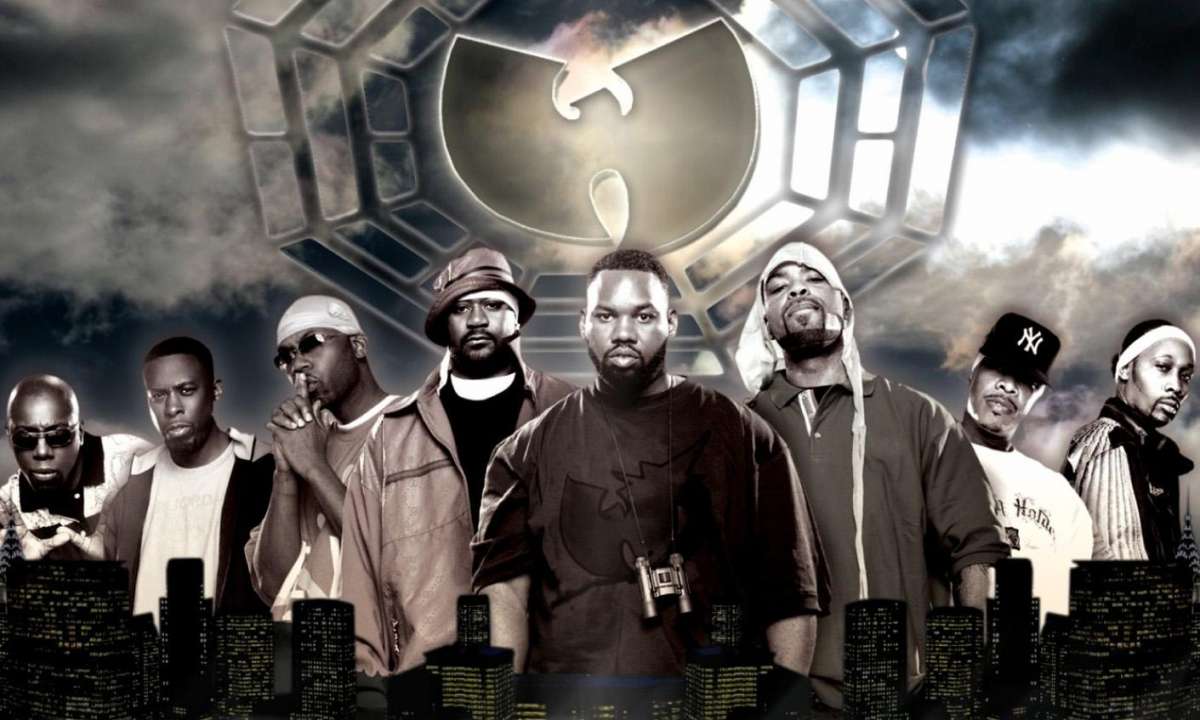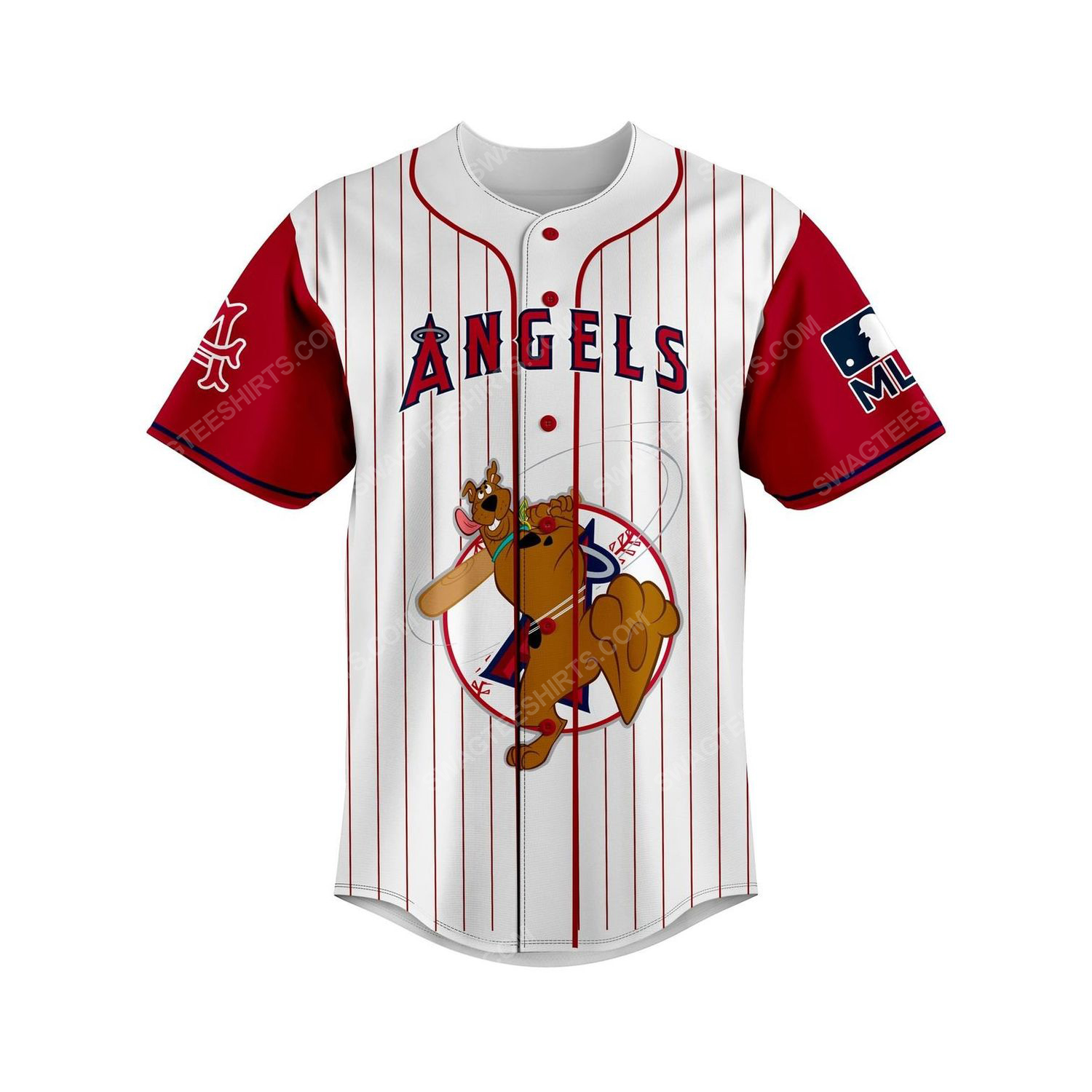The Wu-Tang Clan was always going to be. The symbolism, mythology, and philosophy intermingled in the lyrical styles of nine intriguing MCs riding over filthy, hard-hitting, deadly beats. What’s even more amazing is that it still seems brand new today. The Killa Beez swarmed right out of the gates. Not only did they “create a ruckus,” but they also cautioned us, asking us to “Protect Ya Neck” and shouting that “Wu-Tang Clan Ain’t Nuthing Ta Fuck Wit!”
Wu-Tang Clan brought the Shaolin ruckus to their groundbreaking debut album
The clan swung a sharp, rusted sword from the murky mists of Shaolin, their name for the New York City borough of Staten Island, inspired by Kung Fu movies. It spanned the globe, and it was official: Wu-Tang was here to stay. Enter the Wu-Tang (36 Chambers), released in 1993, was unlike any other record that attained global success. The sound was rough and guttural. If your home system was as cheap as mine, the album sounded like swamp water – swamp water you had to keep bathing in while everything else became too clean. We wanted music that felt raw, authentic, and sewer-like, as if we were in a creepy, cinematic members-only club. At the heart of it all was a degree of brilliance that most people couldn’t see or comprehend at the time. Our professors and parents couldn’t see how these rappers could be regarded as musical and lyrical geniuses. How could they possibly comprehend?
They couldn’t understand the syntax, phrasing, tonality, poetry, or beat production. They couldn’t have known how far ahead of the game the Wu-Tang Clan was on every level. But we were aware of it because we sensed it. RZA’s ideas and production were nothing short of incredible. His selection of samples and drums generated soundscapes that would go on to inspire countless listeners and artists of many genres – artists who had not yet been born when the album was released. Enter The Wu-Tang Clan (36 Chambers) had a similar impact on hip hop as jazz’s “Kind of Blue.” In reality, Wu-Tang is what avant-garde jazz would have sounded like if you could take nine of your favourite jazz performers, from Miles Davis to Thelonious Monk, and raise them in the slums of Shaolin with no instruments — just samplers, drum machines, a pen and a pad. A powerful contemporary expression that smacked the dome square in the face. It was an international phenomenon. My adolescent neighbours suddenly had no recollection of the strain and anguish of their previous lives as hustlers in New York City. Wu-Tang memorabilia was now worn by kids wearing desert boots, tight black trousers, and metal band t-shirts. Hip hop has penetrated the house in a new way. Not MC Hammer-style rap music (no offence to Hammer), not Public Enemy or N.W.A. politics, but the underbelly of true hip hop culture – unrestrained, clever, ground-breaking, and tough, with new vocabulary, metaphors, accents, stories, and passion that hit the vein straight. The Wu were terrifying, unexpected, and crazy, but they also seemed like superheroes who were here to save us from our mundane existence. RZA, GZA, Ol’ Dirty Bastard (rest in peace), Method Man, Raekwon, Ghostface Killah, Inspectah Deck, U-God, and Masta Killa are among the members who have piqued our curiosity, each with his unique lyrical superpower.
The Kung Fu movie samples and skits complemented this, making you feel as if you were there in person. It was a sorcery that was both nostalgic and timeless at the same time. Their force was enhanced by songs like ‘Can It Be All So Simple’ and ‘C.R.E.A.M,’ which included not only anthems that made us feel empowered, but also stories and societal observations that touched our hearts. Thanks to the Wu, the term “Cash Rules Everything Around Me” has become popular in mainstream culture. These tales served as a sobering reminder that such violent and multi-layered vocalism is born of actual hardship, anguish that individuals regrettably undergo in the systems from which the Wu members sprang and overcame. They talked about the lack of jobs, opportunities, and the incarceration and deaths of black teenagers as a result of violence, drug usage, and oppressive conditions. They did it not only to express themselves, but also to pass on their expertise to the next generation in order to help them find a solution and realise they are not alone. Wu-Tang raised a generation and gave so many people a sense of self. The Wu-Tang Clan logo, like The Rolling Stones logo, has become synonymous with haute fashion a generation later. Wu-Tang Clan is as rock’n’roll as rock’n’roll itself, and the Wu, like The Stones, never sold out. They are the epitome of hip hop culture.
You can click on the image below to owning our products
Homepage: SWAGTEESHIRT Store











